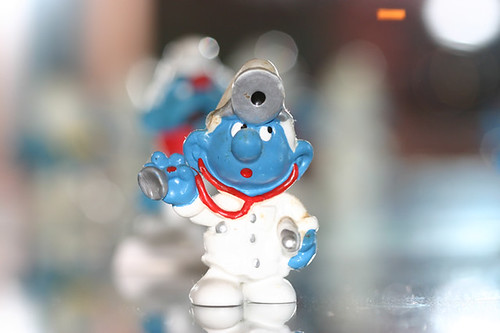Researchers from the London Helicopter Emergency Medical Service describe the success of pre-hospital laryngoscopy according to the grade and specialty of the HEMS physician…

There is conflicting evidence concerning the role and safety of prehospital intubation, and which providers should deliver it. Success rates for physician-performed rapid sequence induction are reported to be 97-100%, with limited evidence of improved survival in some patient groups. However, there is also evidence that prehospital intubation and ventilation can do harm. Prospective data were recorded on the success of intubation, the quality of the laryngeal view obtained and the number of attempts at intubation. These data were then analysed by the grade of intubating doctor and whether the intubating doctor had a background in anaesthesia or emergency medicine. All groups had a similar success rate after two attempts at intubation. Doctors with a background in anaesthesia and consultant emergency physicians had a significantly better first-pass intubation rate than emergency medicine trainees. The quality of laryngeal view was significantly better in doctors with an anaesthetics background.
Success in physician prehospital rapid sequence intubation: what is the effect of base speciality and length of anaesthetic training?
Emerg Med J. 2011 Mar;28(3):225-9



 Not exactly the class 1 evidence we’d (well, I’d) like to see, but a prospective study from France comparing outcomes in patients treated by routine pre-hospital providers with those managed in the field by emergency physicians working for SMUR (
Not exactly the class 1 evidence we’d (well, I’d) like to see, but a prospective study from France comparing outcomes in patients treated by routine pre-hospital providers with those managed in the field by emergency physicians working for SMUR (


